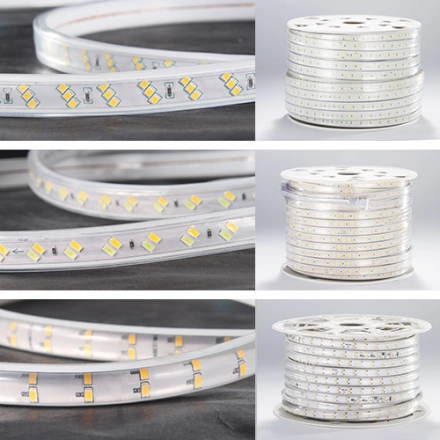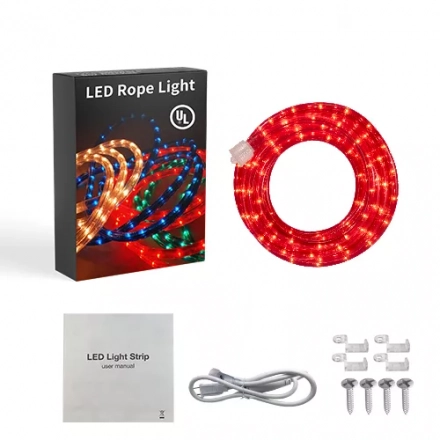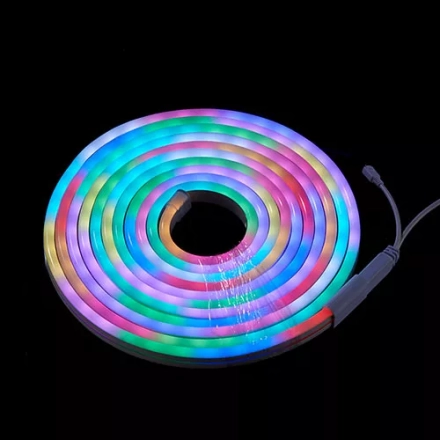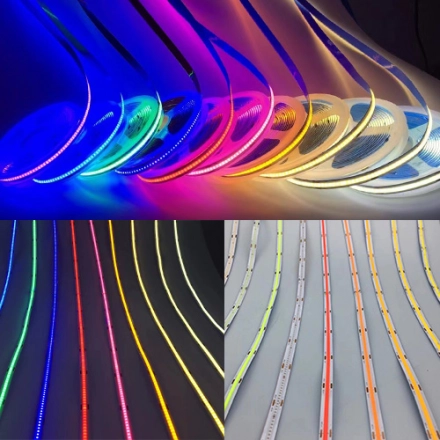Objective Analysis of the Potential of LED Strip Light in Infrastructure Lighting: Bridges, Tunnels, and Highways
Infrastructure lighting plays a crucial role in ensuring safety, visibility, and aesthetic appeal in various structures such as bridges, tunnels, and highways. The advent of LED technology has revolutionized lighting solutions, offering energy-efficient and versatile alternatives to traditional lighting systems. In this article, we will objectively analyze the potential of LED strip lights in the context of infrastructure lighting.
Advantages of LED Strip Lights:
Energy Efficiency: LED strip lights are highly energy-efficient, consuming significantly less electricity compared to traditional lighting sources. This feature is especially important for infrastructure lighting, as it can lead to substantial cost savings and reduced environmental impact.
Durability: LED strip lights are known for their exceptional durability. They have a long lifespan and can withstand harsh weather conditions, temperature variations, and vibrations, making them suitable for outdoor applications.
Versatility: LED strip lights come in various colors, sizes, and flexibility options. This versatility allows for creative and customized lighting designs to enhance the aesthetics of bridges, tunnels, and highways. Additionally, their ability to produce different color temperatures enables appropriate lighting for specific needs, such as warm white light for pedestrian areas and cool white light for highways.
Ease of Installation: LED strip lights are easy to install and can be mounted in different ways, such as on surfaces, along edges, or recessed. This flexibility simplifies the integration of LED strip lights into existing infrastructure, reducing installation time and costs.
Applications in Infrastructure Lighting:
Bridges: LED strip lights can be strategically placed along the edges or under the railing of bridges to improve visibility and safety during nighttime. Their vibrant colors and customizable effects can also enhance the aesthetic appeal of these structures.
Tunnels: Tunnels often face challenges of poor visibility due to limited natural light sources. LED strip lights can be installed along the walls or ceilings of tunnels, providing consistent and uniform illumination throughout. This ensures a safer environment for drivers and pedestrians while reducing the strain on their eyes during the transition from natural to artificial lighting.
Highways: LED strip lights can be used to delineate lanes, curves, and intersections on highways, improving driver awareness and reducing the risk of accidents. Furthermore, dynamic lighting effects can be implemented to indicate changing traffic conditions or weather warnings, enhancing overall safety on the roads.
Conclusion:
LED strip lights possess numerous advantages that make them a promising solution for infrastructure lighting in bridges, tunnels, and highways. Their energy efficiency, durability, versatility, and ease of installation contribute to improved safety, visibility, and aesthetics in these critical transportation structures. By harnessing the potential of LED strip lights, we can create a future where infrastructure lighting is not only functional but also enhances the overall experience for users.






